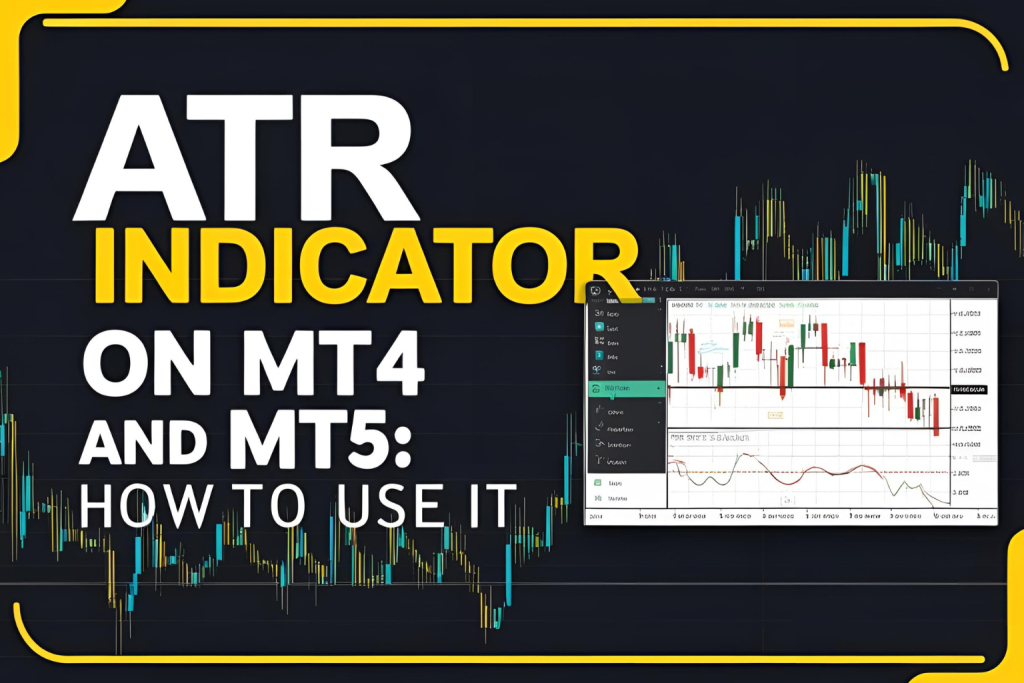An ATR calculator can be a powerful tool for traders who want to measure market volatility, manage risk, and set accurate stop-loss levels. Whether you’re a beginner or an experienced trader, using an ATR calculator in real-time helps you make smarter decisions on the spot.
Let’s explore how it works and how you can apply it in your trading routine.
What Is an ATR Calculator?
An ATR (Average True Range) calculator helps you compute the ATR value for any asset by entering its high, low, and close prices over a given number of periods (typically 14). It automates the formula to give you an exact volatility reading.
Why Use an ATR Calculator?
- Saves Time: No need to manually calculate the True Range or average it out.
- Real-Time Decisions: Apply it instantly during live markets to set stop-loss or trade size.
- Consistency: Ensures you’re applying the same calculation logic to every trade.
How to Use an ATR Calculator: Step-by-Step
1. Gather Your Data
You’ll need the following for each of the past 14 periods (or your custom setting):
- High price
- Low price
- Previous close price
2. Calculate True Range for Each Period
For each candle:
mathematicaCopyEditTR = Max[(High − Low), |High − Previous Close|, |Low − Previous Close|]
3. Enter the Values in the Calculator
Use a manual or online ATR calculator, and enter all 14 True Range values.
4. Get Your ATR Output
The calculator will average the 14 True Ranges to give you the ATR value.
5. Apply It to Your Trade
- Stop-loss: ATR × multiplier (e.g., 1.5× or 2×)
- Position sizing: Adjust lot size based on ATR-driven risk tolerance
- Trade filtering: Avoid trades when ATR is too low or too high
Example:
- High = $102, Low = $98, Previous Close = $100
- TR = Max[(102−98), (102−100), (100−98)] = Max[4, 2, 2] = 4
- Repeat for 14 periods → average all 14 TRs = ATR = 3.2
- If using 2× ATR for stop-loss: 3.2 × 2 = 6.4 points
Online ATR Calculator Tools
You can use:
- Trading platforms like TradingView, MetaTrader, or Thinkorswim
- Online ATR calculators (search: “free ATR calculator”)
- Custom Excel/Google Sheets templates for automation
Final Thoughts
Using an ATR calculator in real-time trading allows for fast, data-driven decisions. Whether you’re planning entries, exits, or managing risk, this tool keeps your approach structured and consistent.
Once you understand how ATR values reflect volatility, using a calculator becomes second nature.
FAQs
1. Is using an ATR calculator better than relying on chart indicators?
It depends. A calculator gives exact control over the data used, while chart indicators are faster for quick reference.
2. Can I build my own ATR calculator in Excel?
Yes, simply input the True Range formula and apply a moving average.
3. What period is best for ATR calculation?
14 is standard, but shorter (7) or longer (21) can be used based on your strategy.
4. Can I use ATR calculator on mobile?
Yes. Many online calculators and trading apps support mobile-friendly versions.
5. How often should I recalculate ATR?
Recalculate at the start of each trading session or when volatility shifts drastically.




